News
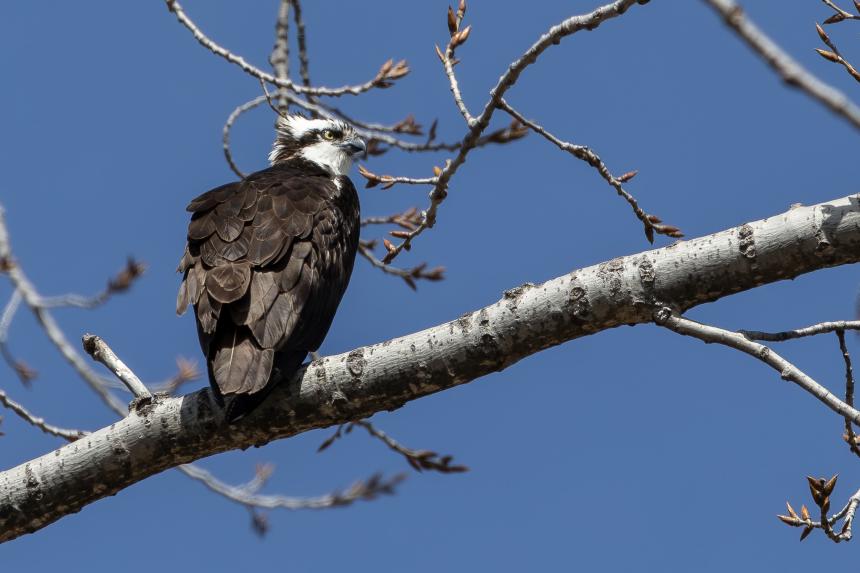
December 22, 2025
Chronic underinvestment in veterinary services fundamentally weakens One Health implementation.
December 09, 2025
Dr. Amandine Gamble, disease ecologist and veterinarian, is part of the scientific team that has confirmed the presence of highly pathogenic avian influenza on Beauchêne Island, the home of the world’s second-largest colony of black-browed albatross.
Blog
December 09, 2025
Early in her career, Ellen Haynes '09, DVM '13, PhD, was fueled by a desire to help wildlife that had been negatively impacted by human activity.
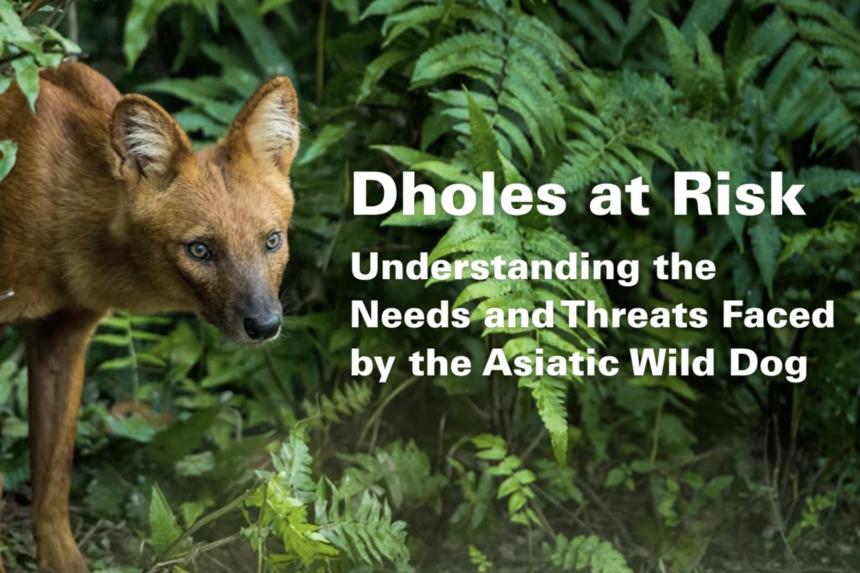
Video
December 05, 2025
Dr. Martin Gilbert, Wild Carnivore Health Specialist, discusses Cornell's collaborative research efforts to understand the threats facing the dhole, one of Asia’s most endangered carnivores.
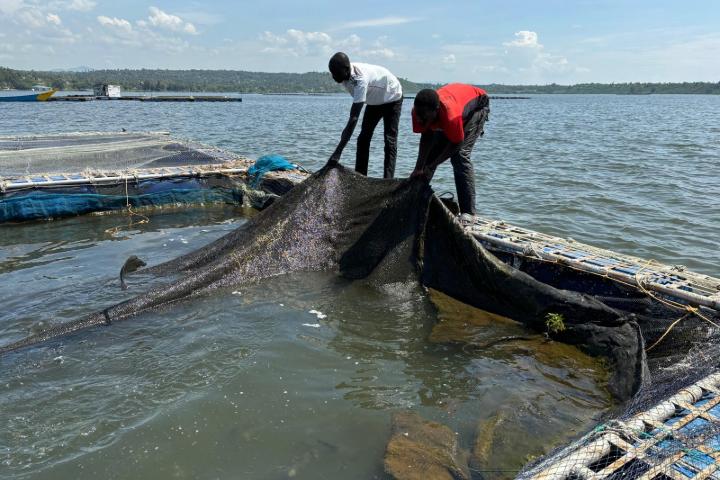
December 01, 2025
Cornell's Eric Teplitz and Katie Fiorella discuss their recent findings about aquaculture practices in Lake Victoria, Kenya.
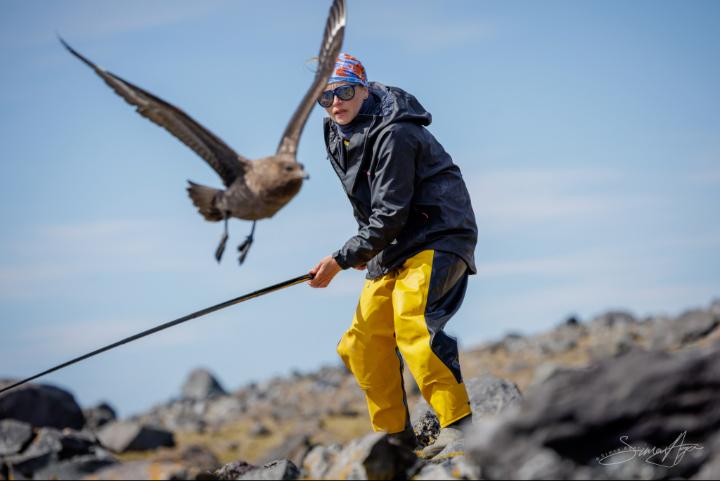
November 25, 2025
The story of how a research team, including Cornell's Dr. Amandine Gamble, confirmed the first case of bird flu in Antarctic ice seals—an alarming sign of how climate change is fueling the spread of deadly pathogens to Earth’s last frontier.
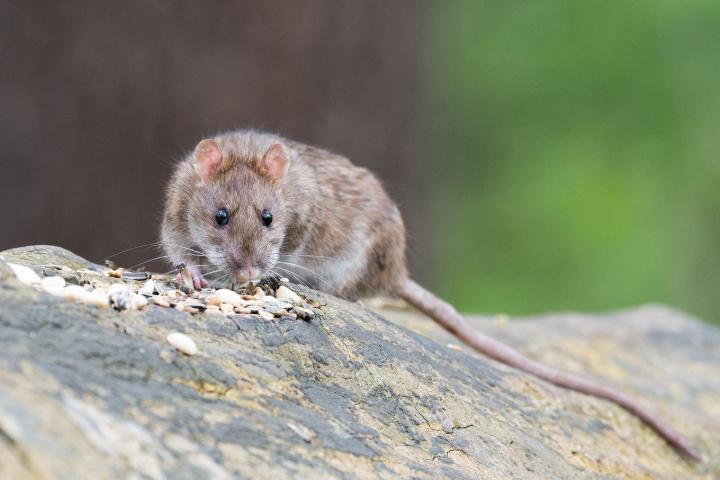
November 12, 2025
Dr. Raina Plowright comments on what newly revealed bat-rat interactions could mean for disease transmission.
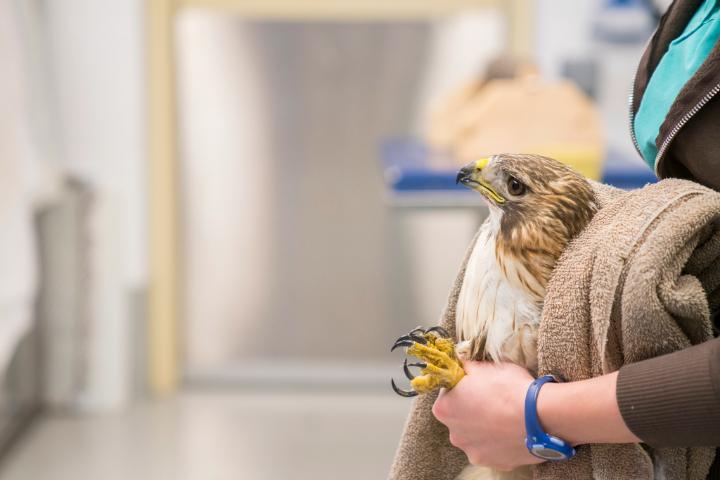
Blog
November 11, 2025
I decided to apply for a student technician position at the Janet L. Swanson Wildlife Hospital. Being able to learn about and help treat such a wide diversity of animals seemed like the opportunity of a lifetime!
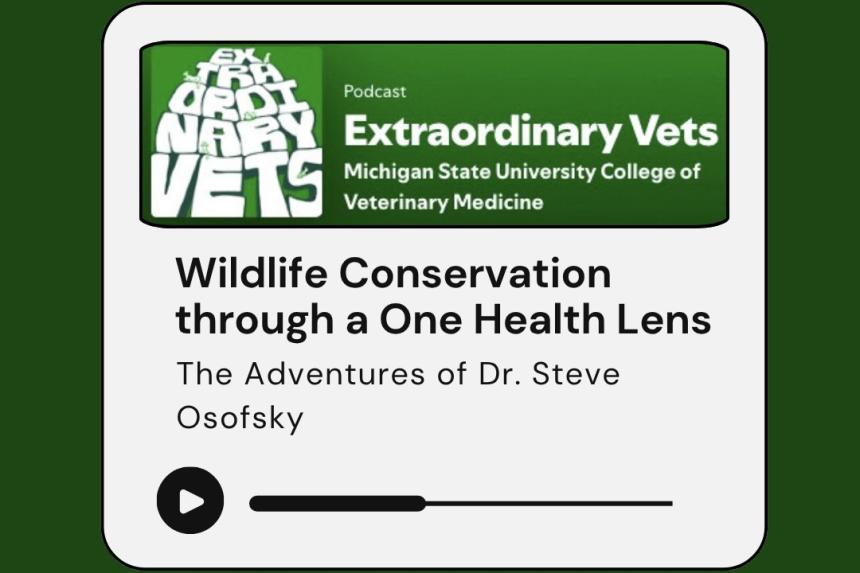
Podcast
November 06, 2025
Tune in to MSU's Extraordinary Vets podcast, featuring Dr. Steve Osofsky—wildlife veterinarian, conservationist, and One Health pioneer. You’ll enjoy a candid discussion about creative ways to navigate a career in wildlife conservation through a One Health lens!
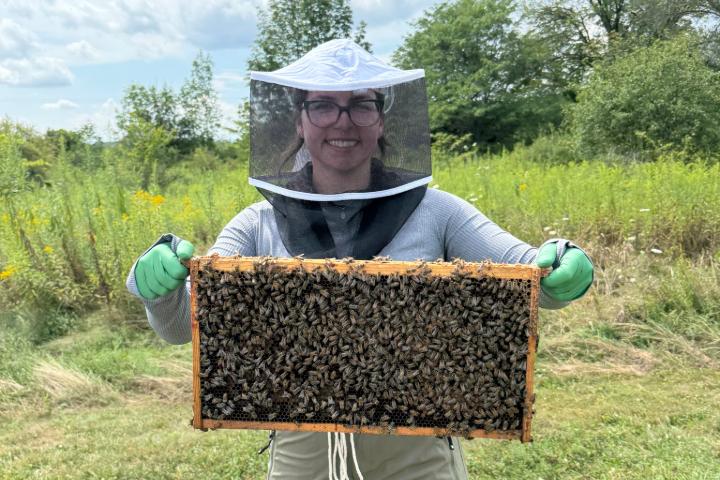
November 04, 2025
The Cornell K. Lisa Yang Center for Wildlife Health has launched a new residency in wildlife population health, building on the Cornell University College of Veterinary Medicine's leadership in preparing veterinarians to meet the urgent and evolving challenges facing our planet’s wild species.
